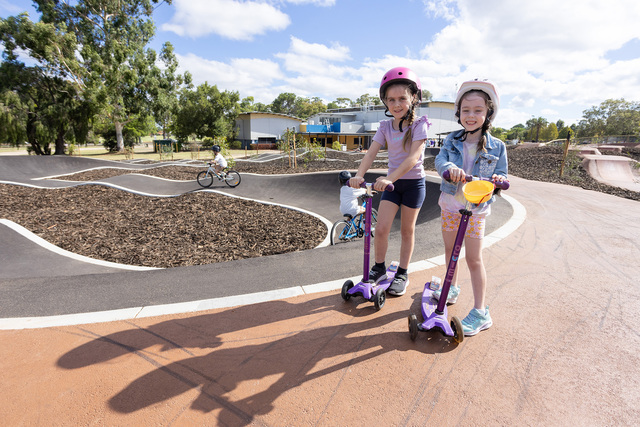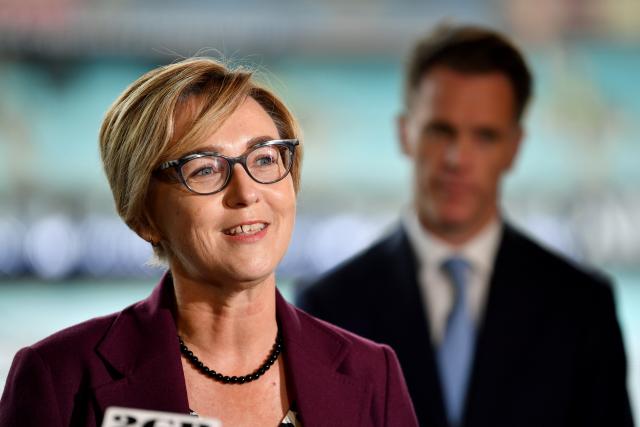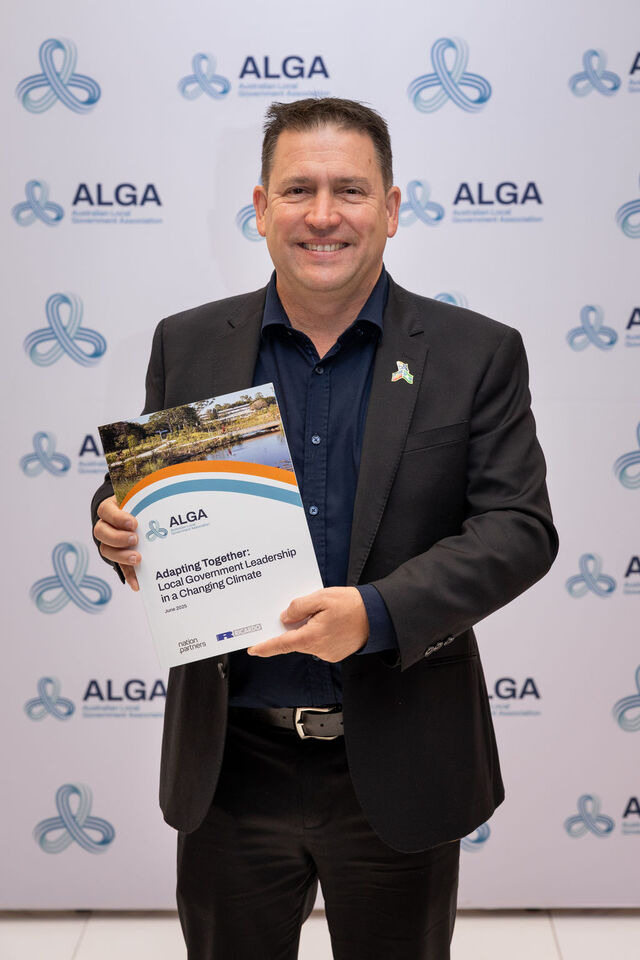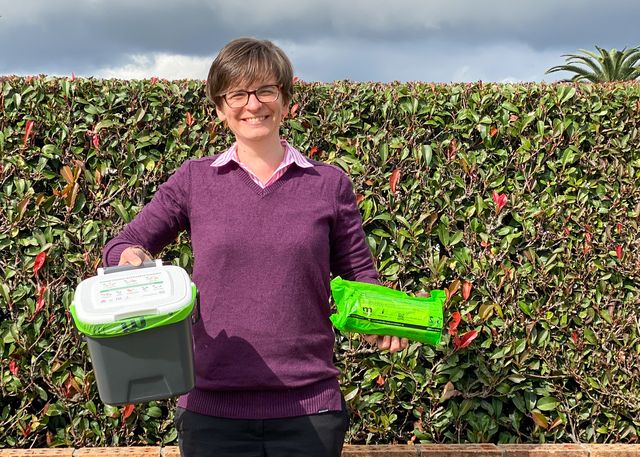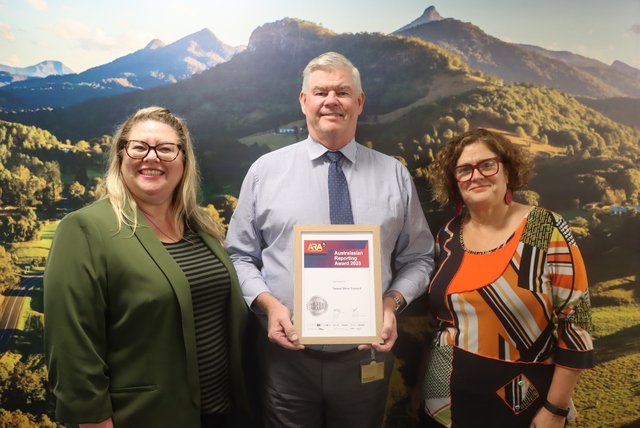The Good Oil * by Rod Brown
Infrastructure Australia, a statutory advisory council, will be established under Federal legislation this month. Local Government must be more than an observer. Let me explain.
The Howard Government left a huge hole in the infrastructure field. But the root cause was not the politicians – it was the Treasury. Its relentless advice to Costello to build budget surpluses not only slowed expenditure on infrastructure, such as the infamous Pacific Highway, but shunned any policy development on infrastructure. So there is a lot of catchup. Infrastructure Australia’s mandate is to conduct audits on nationally significant infrastructure, draw up an infrastructure priority list, and advise on regulatory reform to speed up projects. But there are wider issues that will need to be addressed. For example:
- Who pays? The super funds
are an obvious source of
finance, but they are required
by law to secure adequate
returns. - What’s the best way to share
public/private financing?
There is no repository of best
practice. We have examples
of the private sector
shortchanging the public,
such as most airport sales,
or the reverse like Sydney’s
cross city tunnel. But we
need to clearly understand
the factors at play. - What about the regions? The
new Infrastructure Australia
apparatus cannot avoid
cherry picking, and many
regional infrastructure
projects will not be
addressed. - How can we ensure
competitive construction
costs? Would select tenders
reduce tendering costs, and
also encourage investor
interest in smaller projects?
Good Oil: Local Government should muscle its way into policy formulation because it’s at the pointy end. Councils could contribute by:
- jointly undertaking regional
infrastructure audits - coordinating a number of
infrastructure projects to
improve their economics - attracting business investment
in a region to improve the
revenue flows of
infrastructure projects. See
below.
Investment hubs
in NSW
In recent months we’ve been featuring those cities that should be positioned as a series of networked hubs to attract external investment. Last month we featured the bulk of New South Wales, but we kept a few back. They are in central west and southern NSW, and they’re important at a national level, firstly to take pressure off the coastal fringe, secondly to capture a lot more value add from the agricultural resource, and thirdly to get better alignment of infrastructure within the Melbourne–Canberra–Sydney corridor, such as inland rail project, water infrastructure upgrades, broadband.
Dubbo – should have a higher level of national recognition. It has a population of 40,000, excellent civic infrastructure, and considerable upside as a multi-modal transport hub and a service centre to western NSW. The hub angles are food processing, agricultural equipment and services, environmental management, light engineering, transport and logistics.
Bathust-Orange – is also a key node, with potential as a realistic industrial alternative to Sydney for industrial investments. Two airports. The hub angles are similar to Dubbo, but with a stronger focus on meat processing.
Goulburn – is a solid city of 27,000 citizens. Its hub angles are warehousing and logistics, by virtue of its road–rail intersections and location between Sydney and Canberra. The infamous Goulburn Goal is a major employer, and Federal/State support for its water problems have lifted its regional profile. Goulburn has also done some smart things of late, such as its racecourse overhaul.
Queanbeyan – population of 36,000, and a raffish charm as it sheds its struggletown image. It is closer to Canberra’s CBD than many of Canberra’s suburbs, and has easier planning approvals and cheaper industrial land than its big brother. A $300 million Defence Headquarters Joint Operations Command is nearing completion at Bungendore. The hub angles are defence, logistics and associated spinoffs.
Wagga – a strong and confident city (60,000 population) and the main hub of the Riverina food bowl. Airport and RAAF base, plus RAAF college under way. Excellent civic infrastructure – does this help explain its sports nursery status? Its hub angles are defence, engineering, transport and logistics, food value adding.
Albury-Wodonga – combined population of around 100,000, and now has a State agreement to leverage its cross border status. It has a good airport (fourth busiest in NSW) and is a successful example of decentralisation. Its hub angles include water and environment, metal manufacture, defence equipment and services, transport and logistics, food, timber and paper products.
Good Oil: These cities could be packaged as a system of hubs with a faint level of Federal and State blessing. Interestingly, Defence is on record as stating that key determinants of its locational investments are fuel distribution facilities; ICT services; access to ports and harbours, roads and railways; health care facilities; access to water and electricity; and food supplies. These six cities fit the bill.
Mackay in the spotlight
Labor’s James Bidgood secured a swing of 13 per cent to defeat the incumbent Dee-Anne Kelly in the Federal seat of Dawson. Among Labor’s election commitments was a Mining Technology Innovation Centre for Mackay in central Queensland. Now this is instructive. It involves $14 million to make the most of Australian mining technology expertise. It is part of the $200 million Enterprise Connect initiative, to link Australian SMEs to new ideas, technologies and markets. The centre will, inter alia, adapt the latest technology to manufacturing processes, access prototypes, identify export markets and so forth. It looks like a twin to the innovation centre announced for Geelong.
Good Oil: This funding commitment came out of nowhere. So do not give up on speculative projects! Build on competitive advantage. Understand Labor’s industry and regional development settings – which is emphasising centres of excellence.
Carr moves on innovation policy
Industry Minister, Senator Kim Carr, has announced a review of the innovation system and the Cooperative Research Centre program. This review will examine “the bewildering array of government innovation and industry assistance programs”. He referred to 169 programs in Australia supporting innovation.
The terms of reference also refer to identifying “ways to improve the governance of the national innovation system to support higher expectations of government agencies and industry”.
A Green Paper detailing policy options is due for completion by 31 July 2008. A Government White Paper would then be prepared.
Good Oil: The R&D Tax Concession Scheme could be drastically recast. The R&D concessions for multinationals, introduced by the previous Government, will come under scrutiny. The CRC program will get a major shakeup.
Go to www.innovation.gov.au/innovationreview
*Rod Brown is a Canberra-based consultant specialising in industry/regional development, investment attraction, clusters and accessing federal grants. He can be contacted at apd@orac.net.au or phone (02) 6231 7261.


